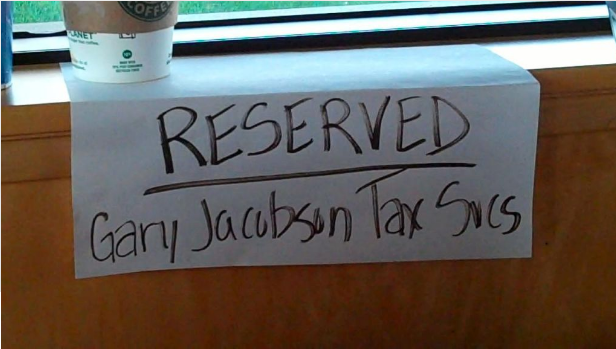Train companies are slowly making the $15 billion dollar investment in Positive Train Control, or PTC, to comply with the 2008 Rail Safety Improvement Act. Members of Congress initially required railroads implement PTC by 2015, but extended the deadline to 2018 after several major operators said they wouldn’t make it and threatened a service shutdown.
Lawmakers crafted the new rail safety rule just after the Metrolink Chatsworth crash on September 12, 2008 that killed 25 passengers and left 135 injured. About a month later, state and federal lawmakers, along with rail regulators, held an informal meeting in the San Fernando Valley to examine safety issues around that wreck, and Patricia Nazario was there.
Then State Senator Alan Lowenthal opened the session with a singular objective:“What might be done to ensure that we never again have an accident like what just occurred in Chatsworth on September 12th.”

Member of the U.S. House of Representatives from California’s 47th district from December 6, 2004 – November 30, 2012.
Lowenthal now represents California in the U.S. Congress, but in 2008 he was the state senator whose district includes the Port of Long Beach. That gateway, along with the Port of Los Angeles, is the first stop for nearly half of all goods that enter the United States.
“The freight trains that move much of that merchandise,” says U.S. Senator Dianne Feinstein, “run on the same tracks as much of California’s passenger rail system.”
In Southern California, that’s Metrolink.
“Fully loaded passenger and freight trains,” Feinstein says, “…travel at high speeds in opposite directions. Only the attention of the engineer and a red light signaling system patented in 1872, that’s how old it is, stand in the way of a head-on collision.”

U.S. Senator from California from January 3, 2009 – January 3, 2015.
Expanding on Feinstein’s point, 1872 is when Inventor and manufacturer George Westinghouse patented triple air brakes for trains. The technology would immediately engage air brakes if passenger cars separated, and became the industry standard. A railroad signaling system became centralized in the early 1900s.
The veteran lawmaker believes an automatic braking system on the tracks could’ve prevented the Chatsworth crash and could avoid future collisions.
“If the engineers do not comply with signals,” says Feinstein, “the system automatically brings the trains to a stop.”
Feinstein pushed to make the technology mandatory in the new Rail Safety Improvement Act, which is awaiting President George Bush’s signature.
“We’re certainly not waiting around,” said Metrolink Board Vice-Chair Keith Millhouse. He says Metrolink is onboard with the automatic braking technology, officially called ‘Positive Train Control.’ But in the meantime, he says they’ve moved quickly to implement other safety measures: adding a second engineer on some lines, designing an inward-looking video camera for the locomotive and assembling an independent rail safety review panel.
“If I need to bring victims of this accident to Washington on my own personal dime to have them testify to people who are resistant to this,” says Millhouse, “I will do that because we need to move Positive Train Control forward immediately.”
The Rail Safety Improvement Act requires rail companies, including Metrolink, to implement Positive Train Control in seven years. Federal regulators estimate it’ll cost more than two-billion dollars to cover the nation’s tracks. Feinstein says she wanted to make California’s high-risk shared tracks a priority and give them a tighter deadline, but she says rail lobbyists won that fight.
The Los Angeles Times keeps a list of those killed in the 2008 Metrolink Chatsworth crash on its website.


